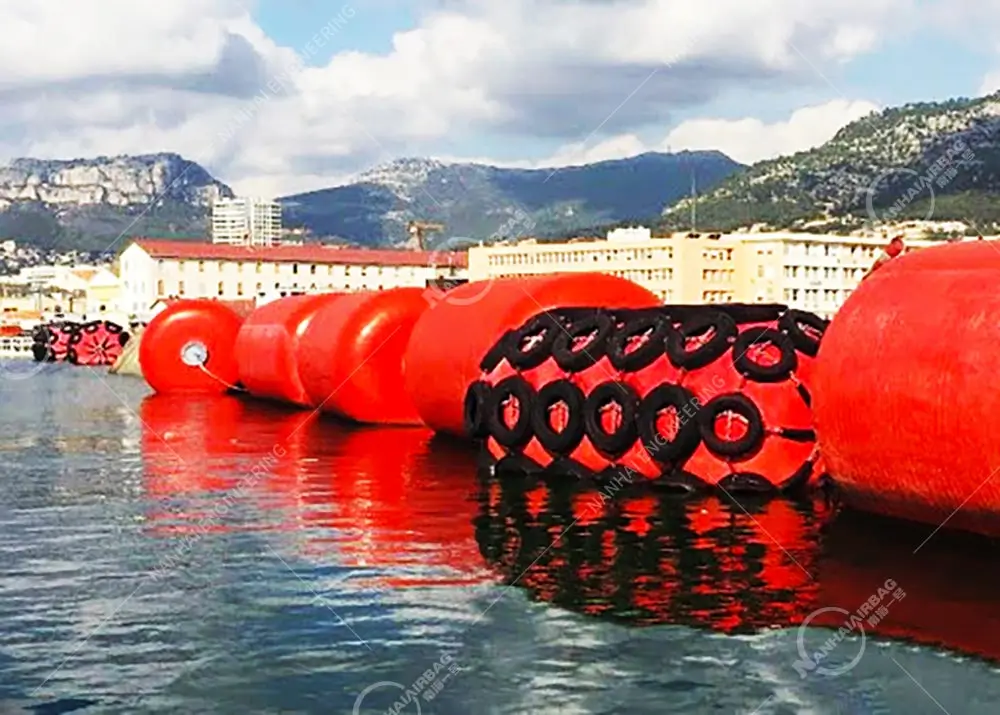How thick are foam fender covers usually?
06/24/2025How to Choose Ship Launching Airbags
06/24/2025What is the best foam for foam filled fender?
Why this matters now
Imagine you’re docking a high-value vessel or handling sensitive gear: the last thing you want is a fender case that fails under stress or lets corrosive water seep in. With tighter maintenance budgets and ever‑rising safety standards, choosing the right foam for foam filled fender, marine fenders, ship fenders, or even foam fenders for sale isn’t just smart—it’s urgent. Poor foams crack, crush, or absorb water, leading to costly downtime. But pick the right one, and you can protect ships and dock infrastructure with confidence (and save thousands in the long run).

Quick answer: Best foam for fender cases
High-density closed‑cell polyethylene (PE) or EVA foam is ideal because it’s unsinkable, durable, and resistant to water/chemicals—perfect for marine environments. These foams absorb impact reliably without collapsing and stay lightweight.
What makes PE/EVA foam the top choice?
- Closed‑cell structure seals out water—even if the outer coating damages, moisture doesn’t get in
- High density options (30–140 kg/m³) offer customizable protection: softer grades cushion small boats; ultra‑high capacity works for huge tankers
- Polyurethane or polyurea skin, often reinforced with nylon or polyester, makes the surface non‑marking, UV‑resistant, and highly abrasion-proof
- Low reaction forces plus high energy absorption: foam fenders can absorb more impact than pneumatic rubber ones—with no risk of deflation

Real‑world sample: NANHAI – foam filled fender
- NANHAI Marine uses closed‑cell EVA with reinforced PU skin and filament winding, making units buoyant, high‑strength, and customizable from small to massive sizes
- NANHAI OCEAN DEFENDER series features PE foam and PU/polyester coating in densities from 30 to 140 kg/m³, offering flexibility without mold costs
Advantages of foam filled fender
- Unsinkable safety: even if cut open, the core floats and still works
- Built tough: closed-cell cores resist chemicals, while nylon-wrapped skins fight abrasion
- Fit for any job: easy to size for tugboats, cruise ships, yachts—you name it
- Minimal upkeep: no air pressure to check, and the foam core lasts for years
FAQ
- What is foam filled fender used for?
Used as marine buffers on ships, docks, pilot boats, yachts—ideal for impact absorption with low hull pressure - What materials are used in foam fenders?
Typically, a closed-cell core of EVA or PE foam plus a reinforced polyurethane/polyurea skin with filament wrapping - Foam vs pneumatic vs rubber fenders: which is best?
Foam fenders don’t deflate and absorb more energy; pneumatic ones need pressure checks; rubber is cheaper but less buoyant - Can foam filled fender sink?
No—the closed‑cell foam core keeps them afloat even if the skin is heavily damaged - Do foam fenders damage ship paint?
No—they’re designed with non‑marking PU skin, so they’re safe for painted hulls
Bottom line
If you’re in the market for foam filled fenders, marine fenders, ship fenders, or exploring foam fenders for sale, prioritize options built with high-density closed-cell EVA or PE foam, wrapped in reinforced PU/polyurea skin. At NANHAI, our foam fenders offer unsinkable safety, proven durability, and customizable fit for any vessel or berth. Stay protected—and stay ahead.
Want personalized advice or pricing? Contact NANHAI today—our experts will guide you to the perfect foam fender for your operation.
